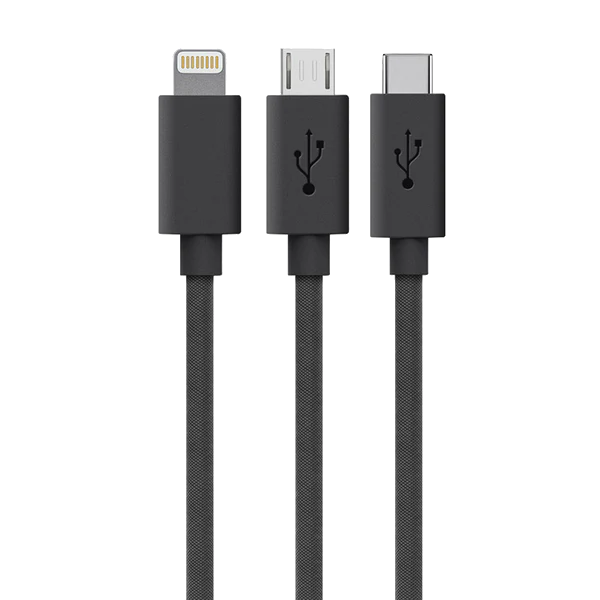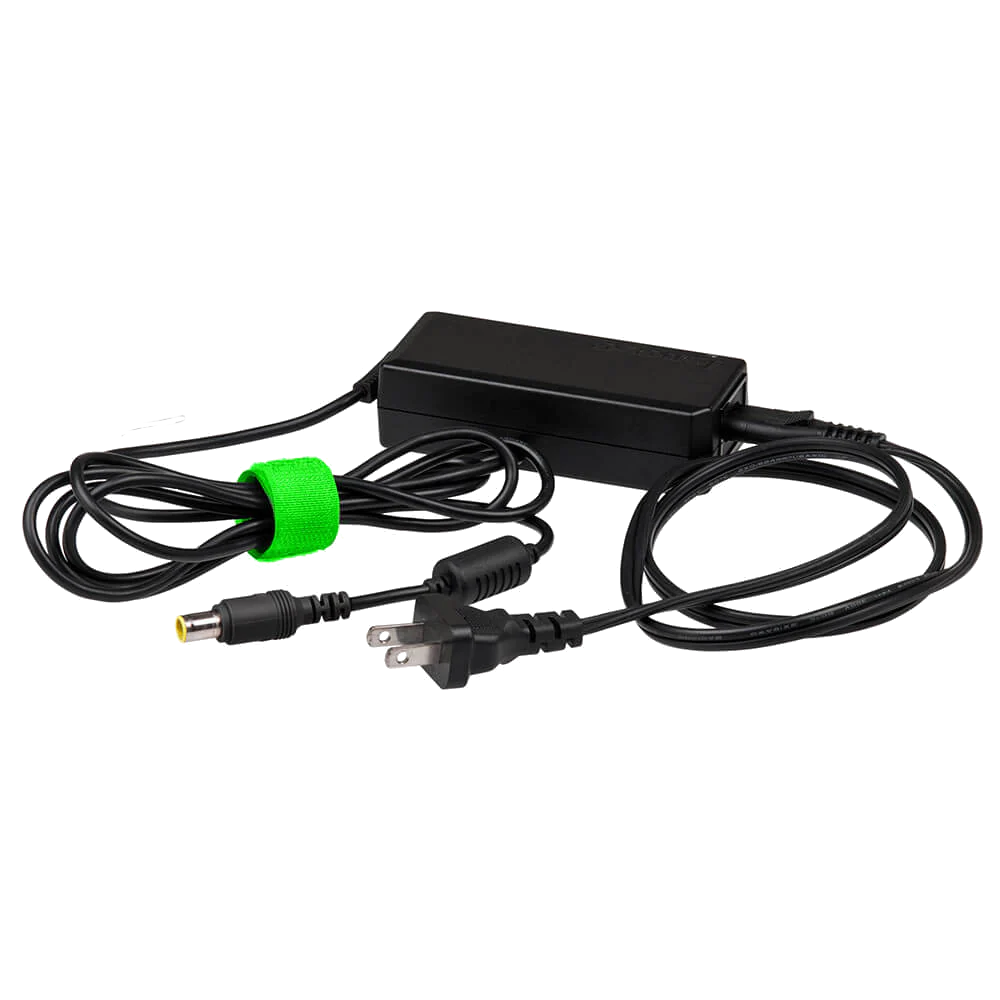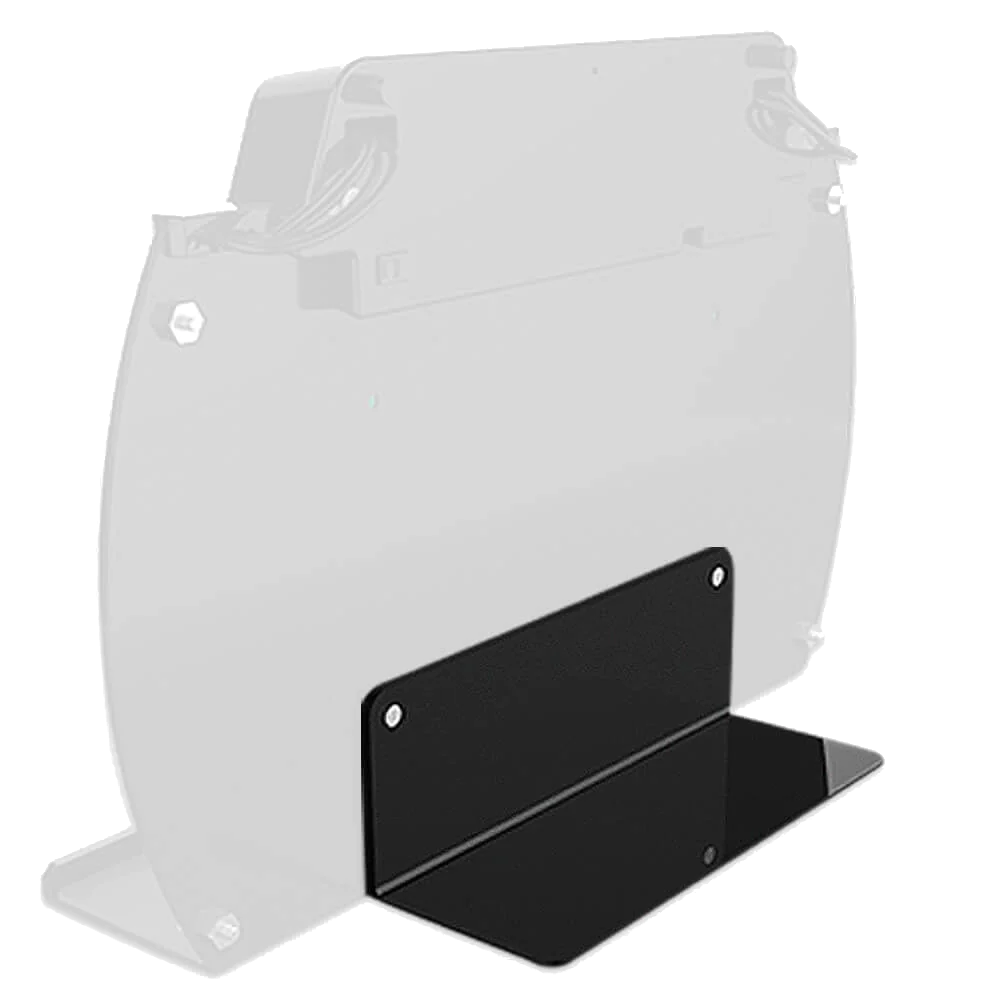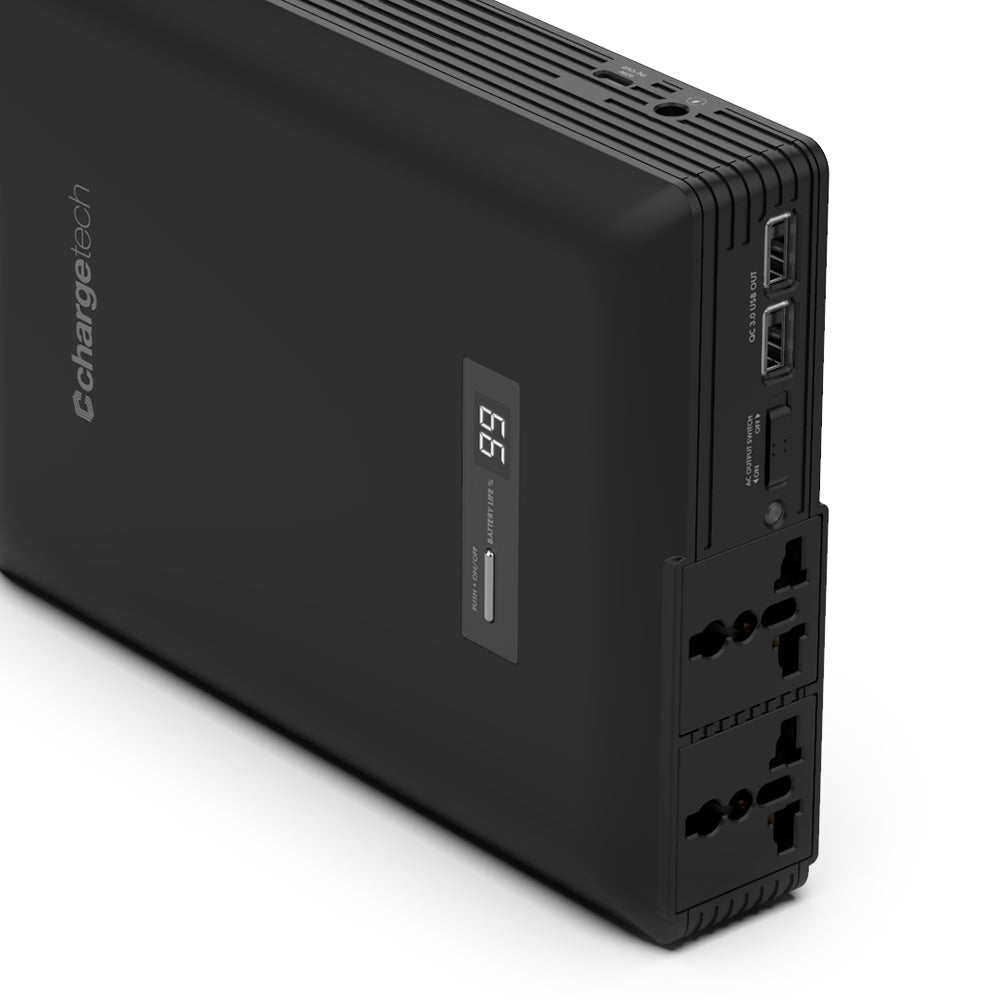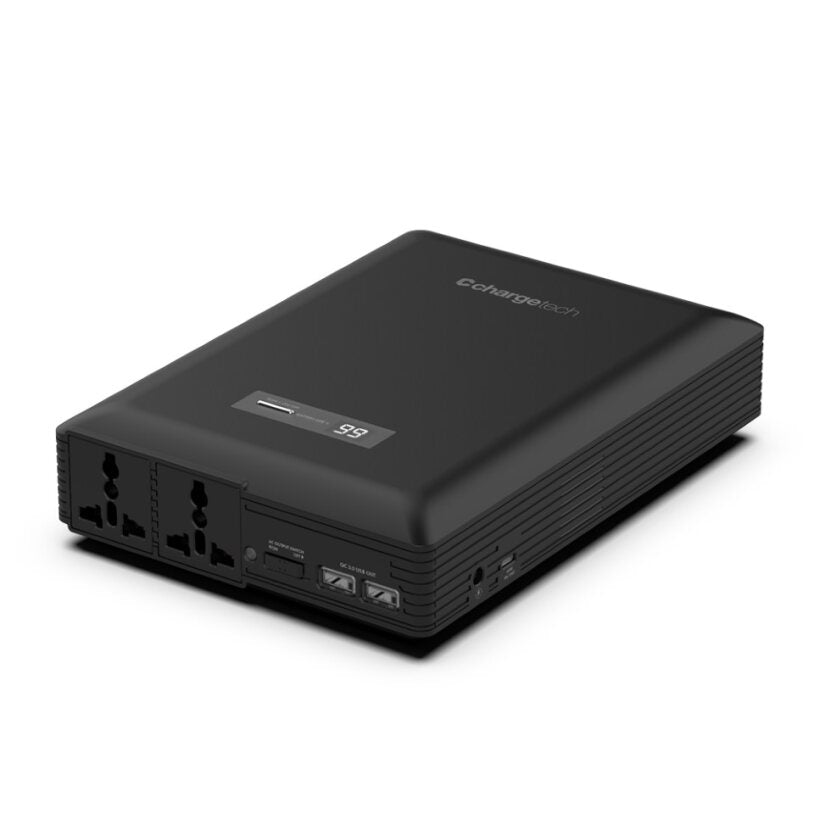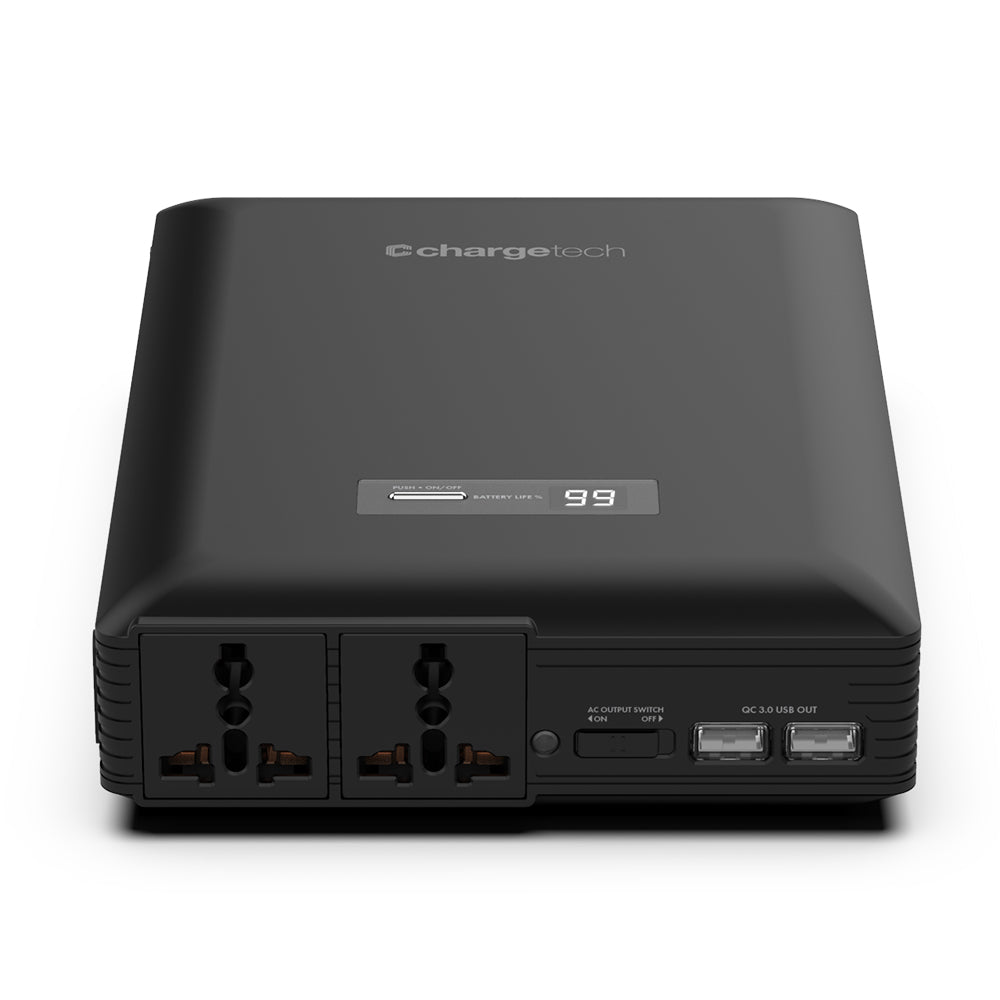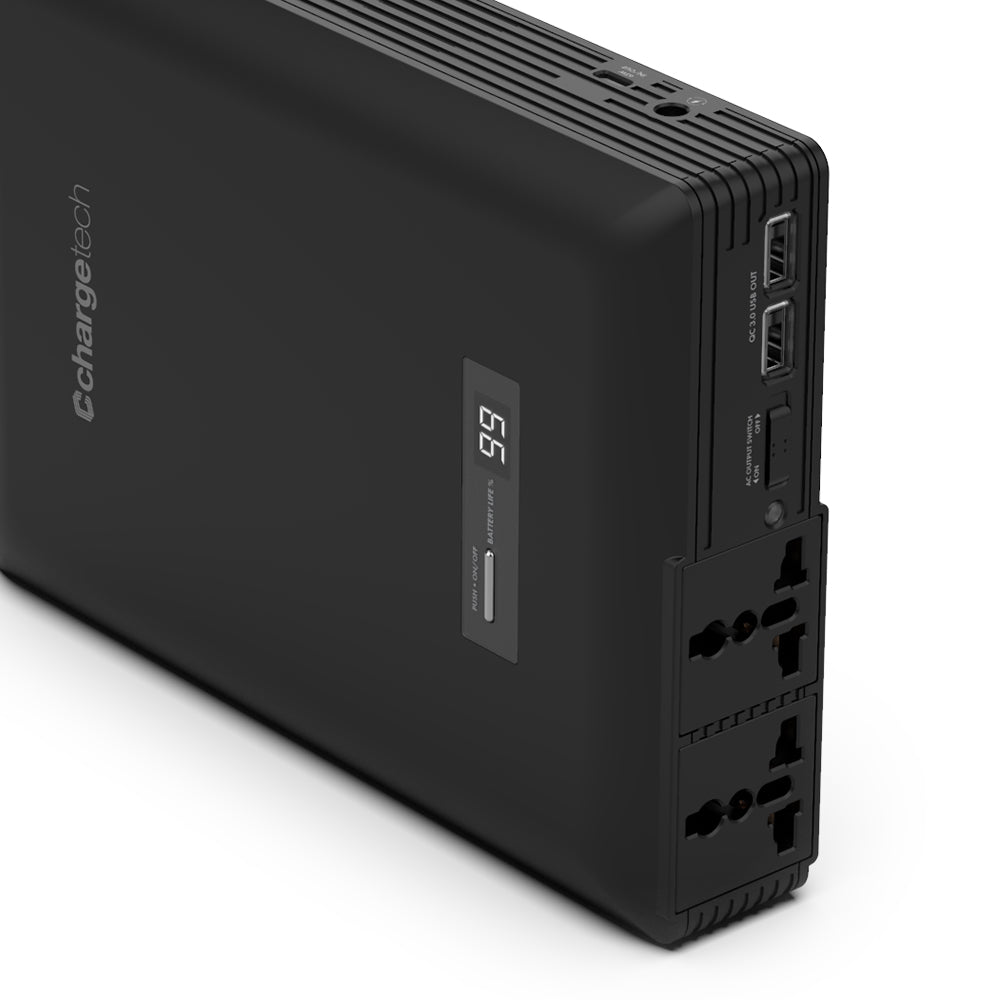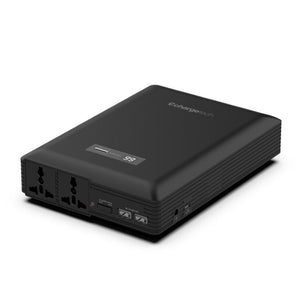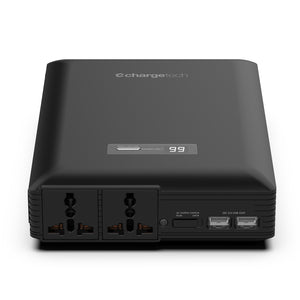Strain on the Healthcare System
As impromptu hospitals and mobile testing centers spring up around the world in response to the Coronavirus Pandemic, the challenge of accessing a reliable source of power has been a constant hurdle. ChargeTech portable power units can provide up to 125,000 mAh of battery capacity in portable rechargeable units, a critical power solution to any field-based medical operation.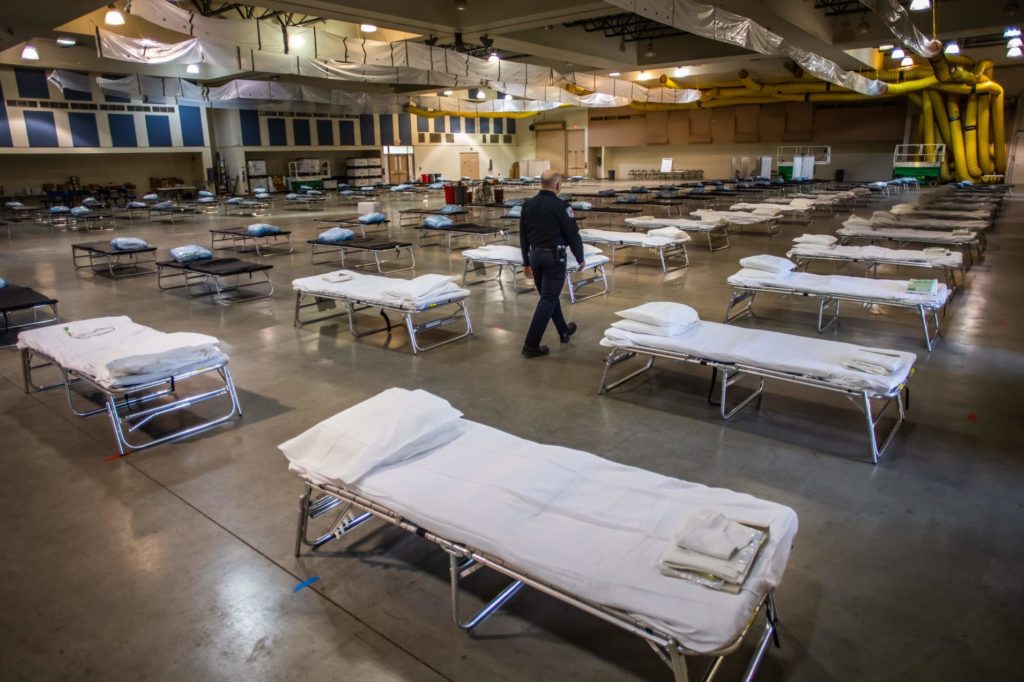
A temporary hospital set up by the CA National Guard. Indio, California. Apu Gomes | AFP | Getty Images
Hospitals in nearly every state and country have been severely overburdened by the spread of COVID-19 and unequipped to meet the sudden surge in demand. Healthcare professionals are not only struggling to treat the hundreds of thousands of patients who have been inflicted with the novel Coronavirus, but they also must account for the patients who were already filling up our nation's hospitals, many of whom are particularly susceptible to the spread of the virus carried by their fellow patients.
Surge-Hospitals Created to Meet Demand
Major metropolitan areas such as Los Angeles and Philadelphia, who have yet to witness the complete surge that was predicted in their areas, have taken preemptive measures to prepare themselves. In Philadelphia, a "surge hospital" was constructed in the Temple University Athletic Center with 180 hospital beds set up on the university's basketball court.
Before this week, the Temple University Surge Center had not been needed as preventative social distancing measures seemed to be successfully curbing the spread of the virus. The Philadelphia region has managed to keep new cases of Coronavirus patients within a manageable limit.
This week, however, the Temple Center is set to open up for recovering COVID patients who still must remain in isolation but who no longer need the full attention of an ICU facility. This surge facility allows hospital beds in the main medical centers to be cleared up for more severe and incoming patients.
Surge facilities such as this are an essential element in preparing ourselves to eventually reduce social distancing restrictions. Metropolitan areas require places to isolate possibly contagious individuals safely and efficiently should second waves of infections hit our communities.
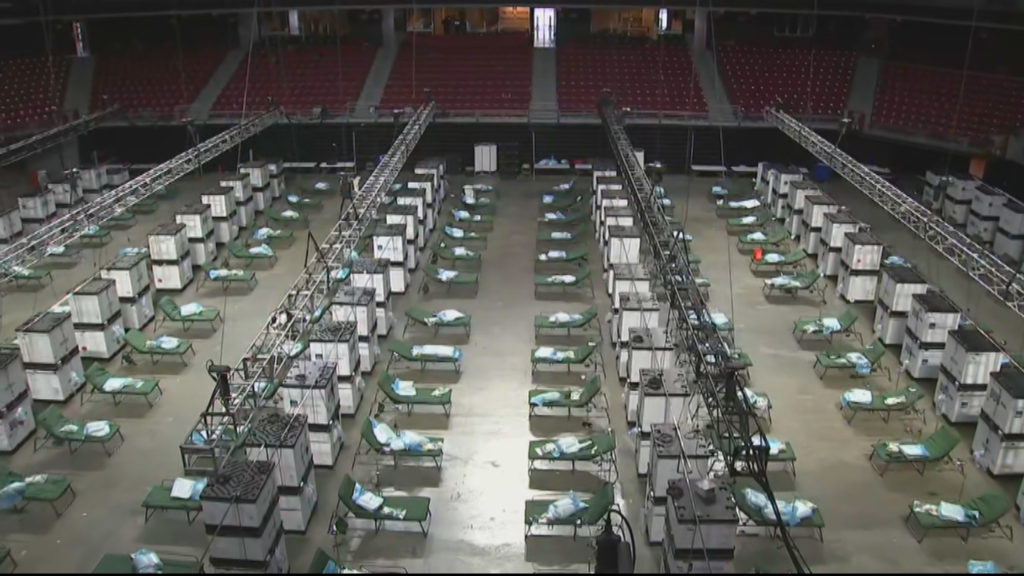
The Surge Facility at Temple University, Philadelphia. Source: newsbreak
In Los Angeles, a Coronavirus Surge Hospital has been established at the former St. Vincent's Hospital. This 266-bed facility will be designated exclusively for Coronavirus patients who will be transferred there from other facilities.
This hospital will be run in partnership between the State of California, Los Angeles County, and Dignity Health and Kaiser Permanente, two of the state’s largest nonprofit healthcare systems. The Los Angeles Surge Hospital (LASH) will relieve pressure on major medical centers by providing an overflow location and allow Coronavirus-positive patients to be isolated from other patients.
This Coronavirus-only surge facility is exclusive to Los Angeles, the second-largest city in the United States. Most other cities which are constructing emergency surge centers are relying on impromptu facilities in non-medical buildings such as the one in Philadelphia. LASH, however, has the benefit of professional equipment and medical-grade infrastructure.
Los Angeles' preventative measures to curb the spread of COVID-19 seem to be paying off slightly. Despite early warnings of a massive wave of cases, Los Angeles has yet to be completely overrun with COVID cases as has the first largest city in the country, New York. 
Temporary hospital in the Javits Convention Center, New York City. Vox | Getty Images
Impromptu Hospitals to Relieve Pressure
In New York City, which has become the new global epicenter of the virus, the state is taking similarly drastic measures to fight this virus. However, unlike Philidelphia whose surge facility is largely preventative, and unlike Los Angeles, which has designated an entire hospital to relieve pressure on the healthcare system, New York has been playing catch-up, having been overrun with new cases throughout March.
At the beginning of April, the Jacob Javits Convention Center was transformed into a 4,000-bed impromptu medical center operated by the National Guard in conjunction with state and federal Department of Health employees. This impromptu surge facility is operating under extremely tight surveillance to ensure that the virus does not escape.
The Washington Post describes this military-run operation at the Javitz center as extremely well-coordinated. The Javitz Center has largely admitted overflow from normal hospitals yet has remained under-capacity. With only about 2,500 of the 4,000 beds being used.
In the same city, another field hospital had been set up inside of Central Park to address the surge in COVID-19 patients. This expansive emergency effort illustrates how burdened the healthcare system has been.
With a state of emergency issued in all 50 states, cities are relying on FEMA and the National Guard to assist in these emergency healthcare measures. Even as we pass the peak of new cases in several cities across the country, it appears that impromptu medical centers and specialized surge facilities will continue to be part of the picture moving forward as we strive to return to a state of normalcy.
Surge Facilities Will be Part of the Path to Normalcy
On Monday, California Governor Gavin Newsom issued a set of requirements which the western states had decided are necessary benchmarks we must meet before taking steps to reopen society. One of these requirements is a proven capacity for hospitals to handle a surge in cases should second or third waves hit our society.
When we begin to lift social-distancing restrictions, we will still be at great risk of witnessing a second wave or spike in cases. Governor Newsom outlined the precautionary steps which must be taken to prepare for such a scenario. Along with having surge facilities stocked and ready, we must institute widespread testing efforts, investment in research for a vaccine, and the ability to reinstate restrictions at a moment's notice.
Therefore, impromptu and surge facilities will continue to be a major part of the process of recovering from the Coronavirus as society cautiously takes steps to reopen and relieve restrictions. 
Emergency field hospital built in Central Park, New York City. Lokman Vural | Elibol | Anadolu Agency | Getty Images
These impromptu hospitals which are being constructed in New York and around the world face many challenges, one of the most pressing of which is how to supply sufficient power to these makeshift medical centers. Many of these operations have been set up in fields, gymnasiums, and other spaces that are not equipped to provide the power needed for the medical appliances and technology being used to treat the virus.
In order to be able to lift restrictions on society, these facilities and operations must be fully stocked and ready to operate if need be. Beyond medical supplies and personal protective gear, it is essential that these emergency surge centers have a reliable and accessible source of power close at hand.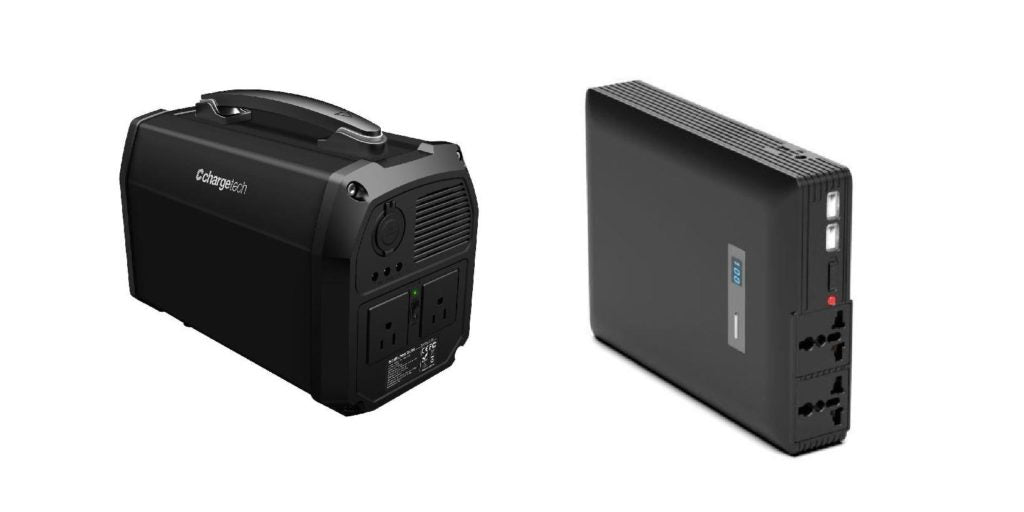
ChargeTech 125K and 54K mAh Power Station Units
ChargeTech Power Solution
ChargeTech portable power units provide the solution to this power supply challenge. Our units are compact, rechargeable, durable, and equipped to handle high-wattage appliances with traditional AC output sockets. ChargeTech units can hold as much as 125,000 Milliamp Hours of battery capacity, enough to provide much-needed power to patients and healthcare practitioners alike all-day-long.ChargeTech 125K and 54K units are ideally suited for a range of uses and applications by mobile and emergency medical response teams. Most importantly, all of our units are in-stock in our domestic warehouses and ready to ship today. Typical delivery times are as low as 3-5 days.
The path to recovery from this pandemic requires being able to act swiftly and efficiently if future outbreaks or second waves hit our communities. Coronavirus is likely to be a factor in our lives for some time, and what is needed, is adequate preparedness. Our local politicians are beginning to outline the steps we must put in place in order to adequately prepare ourselves for possible future outbreaks.
ChargeTech portable power units are a key component of this process of preparation. Surge facilities, mobile testing centers, and even traditional hospital facilities must be prepared for a surge in our systems and personnel at any time.
These high-capacity power stations allow healthcare workers to provide immediate care in the time of need without having to access a fixed power source.
For impromptu field hospitals, these power units allow each patient's bed to have their own personal power source. For mobile testing centers that are moving outdoors to reduce the risk of contamination can reliably charge equipment and technology from a parking lot, and traditional medical centers can rely on these power sources to operate essential medical equipment such as ventilators and supplemental oxygen machines quickly and efficiently.
Get in touch with a ChargeTech representative to find a solution to your power supply needs.
Contact ChargeTech Representative
ChargeTech Coronavirus Response Initiative
25% of all profits in the month of April will be donated directly to the COVID-19 Response Fund at the Center for Disaster Philanthropy. Read our CEO’s letter about this initiative here. All ChargeTech purchases will be providing essential relief to the most vulnerable communities affected by COVID-19 and support to those who are bravely working to contain its spread. Find out where your dollars are going at the CDP website
Help Us Make a Difference!

